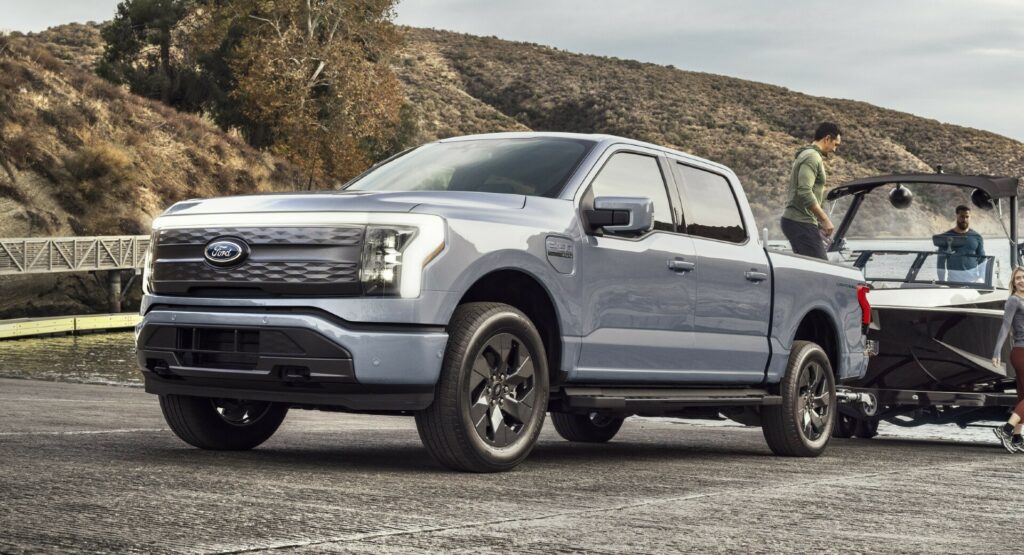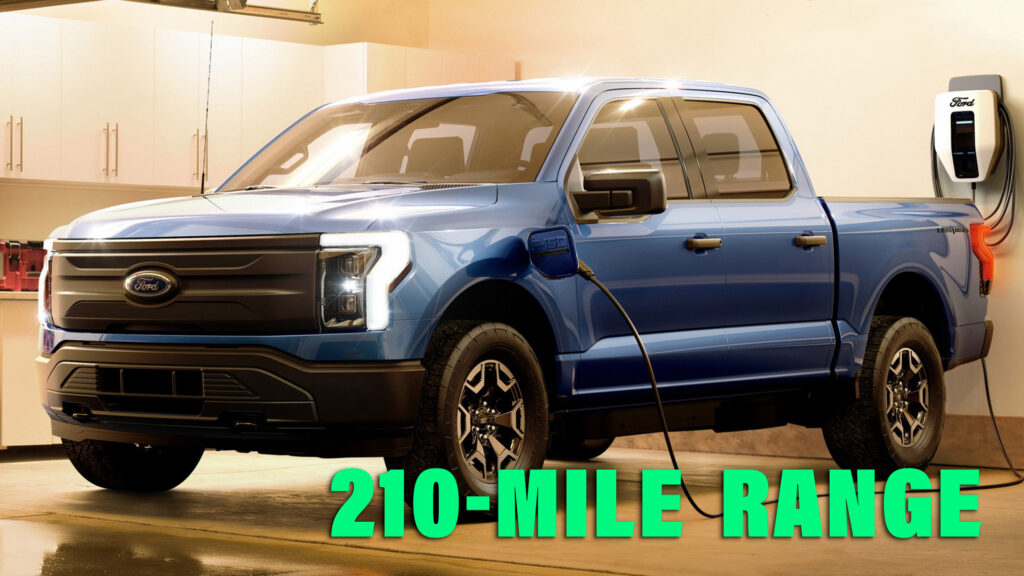Ask any vehicle, whether ICE or electric, to do more work than usual and it’s going to guzzle more energy in the process. Anyone who’s pulled a boat or car trailer, or loaded up a pickup with DIY supplies, will tell you that.
In the case of an electric car like a Chevy Bolt there’s unlikely to ever be a huge difference in weight between being lightly laden and fully laden, but it’s a different story with pickups, which are designed (and bought) for serious hauling.
So what happens to the EV range of a modern electric truck when you come close to its payload maximum? AAA tasked its boffins with finding out, getting them to add a stack of weight to a 2022 Ford F-150 Lightning and measure the electric driving range both with and without the ballast.
In total the engineers added 1,400 lbs (635 kg) of sandbags to the Lightning, which is just 110 lbs (50 kg) short of its maximum payload and a big old chunk of weight. Imagine driving a minivan one-up, then putting eight additional adults inside it. There’s no way the performance and efficiency isn’t going to be affected.
Related: Ford EVs Will Be Able To Charge At 12,000+ Tesla Superchargers Starting In 2024

But AAA’s techs found they’d lost EV range before even adding a single sandbag. Their test of the unladen F-150 revealed a true electric driving range of 278 miles (447 km) versus an EPA estimated range of 300 miles (483 km). Throwing in the ballast and repeating the test dropped the range to 210 miles (338 km), which represents a 24.5 percent reduction compared to the unloaded test condition and a 30 percent reduction compared to the EPA estimate.
Anybody out there regularly drive gas or diesel trucks? How does that 24.5 percent drop in range compare with what you experience when driving your own truck empty and fully loaded? Drop a comment below and let us know.




